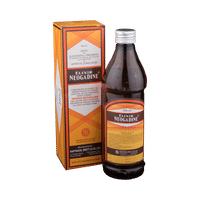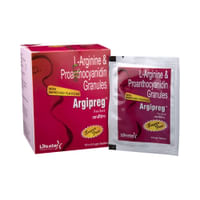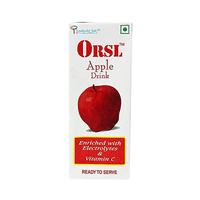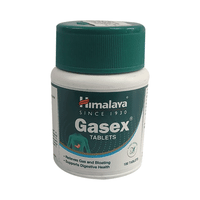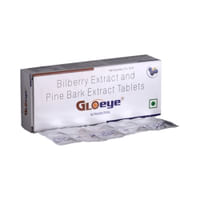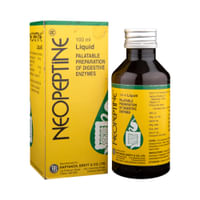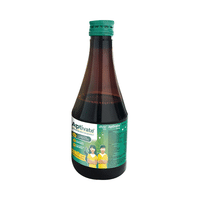Safoderm 10% Cream
Rs.21for 1 tube(s) (15 gm Cream each)
food interaction for Safoderm Cream
alcohol interaction for Safoderm Cream
pregnancy interaction for Safoderm Cream
lactation interaction for Safoderm Cream
medicine interaction for Safoderm Cream
food
alcohol
pregnancy
lactation
medicine
No interaction found/established
No interaction found/established
Information regarding the use of Safoderm 10% Cream during pregnancy is not available. Please consult your doctor.
CONSULT YOUR DOCTOR
Safoderm 10% Cream is probably safe to use during breastfeeding. Limited human data suggests that the drug does not represent any significant risk to the baby.
The baby's skin should not come into direct contact with the treated area of skin. Water-miscible cream/gel is preferred as ointments may expose the baby to harmful effects of Safoderm 10% Cream via licking.
The baby's skin should not come into direct contact with the treated area of skin. Water-miscible cream/gel is preferred as ointments may expose the baby to harmful effects of Safoderm 10% Cream via licking.
SAFE IF PRESCRIBED
No interaction found/established
SALT INFORMATION FOR Safoderm 10% Cream
Sulfadiazine(10%)
Safoderm cream uses
{med_name} is used in the treatment of burns. It is applied to prevent and treat infections that may occur on burnt skin.
How safoderm cream works
Safoderm 10% Cream is an antibiotic. It stops the bacteria from producing folic acid, a nutrient required for bacterial multiplication.
Common side effects of safoderm cream
Burning sensation
SUBSTITUTES FOR Safoderm Cream
No substitutes foundFrequently asked questions FOR Safoderm 10% Cream
Sulfadiazine
Q. What if I don't get better after using Safoderm 10% Cream?
Inform your doctor if you don't feel better after finishing the full course of treatment. Also, inform him if your symptoms are getting worse while using this medicine.
Q. Can I stop taking Safoderm 10% Cream when my symptoms are relieved?
No, do not stop taking Safoderm 10% Cream and complete the full course of treatment even if you feel better. Your symptoms may improve before the infection is completely cured.













